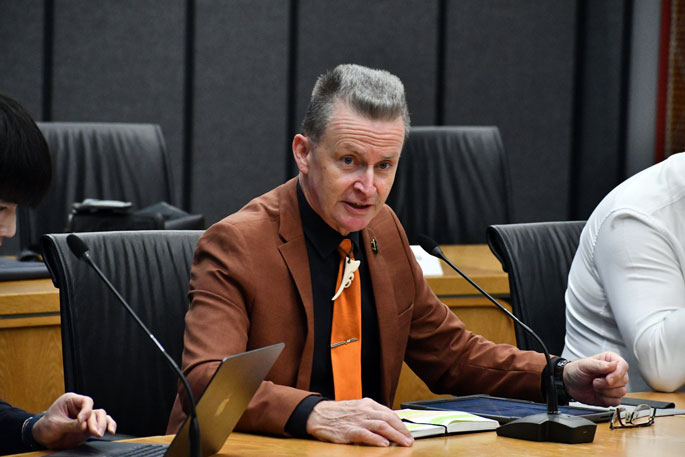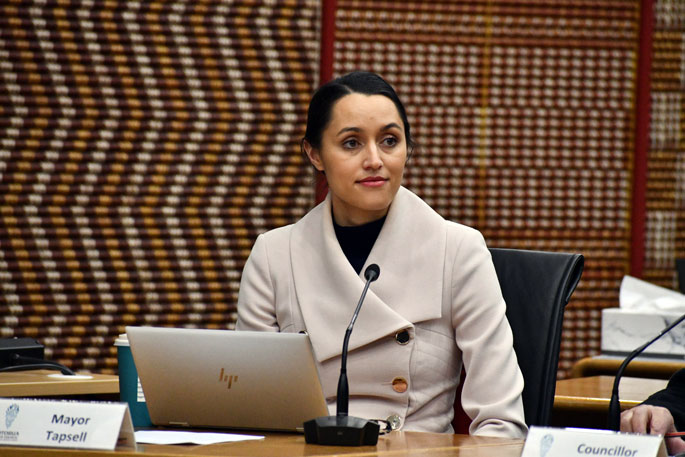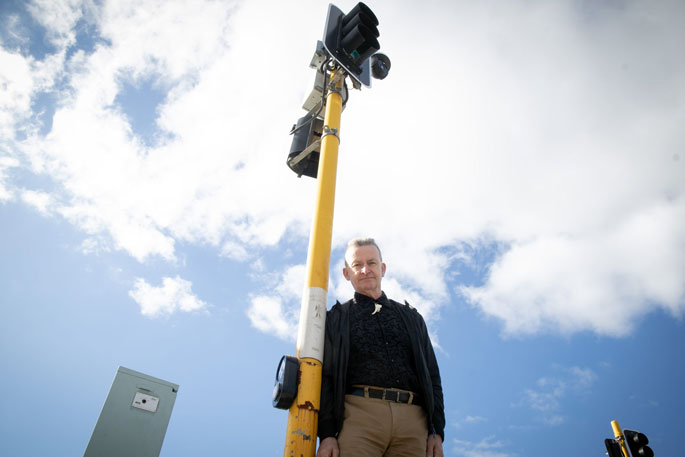There are fears police and councils could lose access to New Zealand’s network of more than 1000 highway CCTV cameras – a move one mayor says could have “disastrous consequences”.
New Zealand Transport Agency Waka Kotahi says it is reviewing how it shares personal information from its cameras with third parties for privacy reasons, but no decisions have been made and it is listening to feedback.
Rotorua Mayor Tania Tapsell says revoking access would be “unreasonable” and wants the Government to exempt the city or help pay an estimated $675,000 to replace its 19 NZTA cameras, which were used for community safety purposes.
Rotorua Lakes councillor Don Paterson tells Local Democracy Reporting he was told the cameras will be checked after he was involved in a collision on Te Ngae Rd/State Highway 30 last month.
He's concerned losing access to the network will impact police investigations, community safety plans and even insurance claims.
“Safety is a priority. People’s lives are at stake.”
 Rotorua Lakes councillor Don Paterson at a July meeting. Photo / Laura Smith.
Rotorua Lakes councillor Don Paterson at a July meeting. Photo / Laura Smith.
Paterson raised his crash experience at a Community and District Development Committee meeting on Wednesday, and asked if the council would “try and stop” access being revoked.
Jean-Paul Gaston, community and district development group manager, said nationally there were “a range of conversations” on maintaining access to the agency’s cameras.
It was led by police but the council was interested in the outcome.
Tapsell said she wrote to the ministers of transport and police, as well as the chairman of the agency with the council’s concerns.
“[Revoking access] will have a serious impact.”
She said she was “yet to get a satisfactory answer” but would keep advocating to retain access.
‘Disastrous consequences’ feared
In the April letter to police minister Mark Mitchell, Tapsell said the council’s CCTV network provided 24/7 surveillance of the city and included 19 NZTA cameras.
“We have recently learnt that following a Privacy Impact Assessment, [NZTA] will be resuming full operation of these cameras which means our Community Safety Team will no longer be able to access them or freely obtain footage from them to assist Police,” she said.
“On many occasions our team has been able to provide CCTV footage to local police to assist with investigations and prosecutions, ensuring those who choose to commit crimes are held accountable.”
Tapsell said it would cost about $675,000 to replace the local cameras and fill the “large gap” in the council’s network, and requested funding support for this.
In the May letter to NZTA board chairman Simon Bridges, Tapsell requested an exemption allowing the council to keep accessing the 19 cameras or that NZTA helped fund replacements.
Tapsell told Local Democracy Reporting CCTV was a crucial crime-fighting tool and she wrote the letters to advise of the “disastrous consequences” of revoking access.
“Replacing and duplicating them would be a massive and unnecessary cost to ratepayers.”
She said the council used “them only to track vehicles that have been involved in crime or are registered as stolen”.
“We strongly urge ministers to ensure our local access to these cameras is maintained.”
 Rotorua mayor Tania Tapsell at a July meeting. Photo / Laura Smith.
Rotorua mayor Tania Tapsell at a July meeting. Photo / Laura Smith.
An NZTA spokesperson said police and a number of councils had access to its CCTV camera network and council access was through its regional Transport Operations Centres.
“NZTA is reviewing how we share personal information from CCTV cameras with other agencies in accordance with our obligations under the Privacy Act 2020.
“We understand the importance of access to these cameras for councils and Police to enforce the law. We are listening carefully to feedback from councils and Police, and no final decisions have been made on potential changes to third-party access to our cameras.”
The number of cameras in its network was changing constantly as cameras were installed, retired or transferred from police to NZTA. As at May 31 there were 1148 cameras on its network.
The agency’s website stated its cameras were used for managing operational land transport services, improving services, improving the network, and providing a safer land transport system.
Examples included identifying and managing events related to road emergencies and motor vehicle crashes, dangerous behaviour, destructive behaviour such as vandalism, the functionality of its assets and the correct use of transit lanes.
Both ministers and police were approached for comment.
LDR is local body journalism co-funded by RNZ and NZ On Air.




1 comment
Hmmm
Posted on 16-07-2024 10:02 | By Let's get real
How did we ever manage to issue fines and infringement notices before council was able to invade our daily lives electronically..?
I have no issue with our under resourced police using strategically placed cameras, but council offices invading public spaces is wrong.
I wouldn't trust most council officers to run a bath, let alone a city.
Leave a Comment
You must be logged in to make a comment.